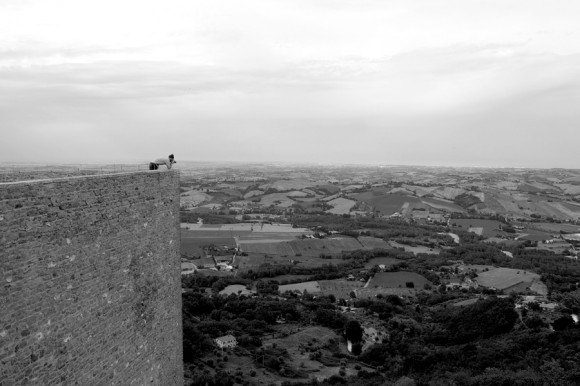I work predominantly with photography and am interested in the interplay of contemporary technology with old media. The concept of Mapping is a key theme underpinning much of what I do, both literally and conceptually. Mapping is an attempt to quantify and reveal the world, to make sense of things. Mapping is by definition subjective, though it is usually presented as empirical. A photograph exists as a kind of map.
I make use of the ideas of Psychogeography, ‘The Dérive’ or ‘Drift’ as a way to understand and discover the city that I live in, and the places I visit. I attempt to reveal the the breadth of movement and experience (or more often, the lack of it) in daily life and record the simple beauty (or otherwise) that I find there. I use photography as a method to talk about the notion of place and its meaning.
Those around me live lives in a different place to me, they see things differently, and the trace of their presence they leave is different. The picture they have of the places they inhabit is unique. Though I am located within a huge metropolis, my world is shaped by personal boundaries, even if parts of those boundaries are separated by considerable distance.
My making practice coalesced into a formal study during my twenties as I explored medieval musical instrument making, whilst simultaneously living in semi derelict buildings with very little money, necessitating a strategy of re-purposing found materials. Both activities required slightly esoteric practical engineering skills and processes. ‘Making stuff from other stuff’ is the model of engagement inclusive of my thoughts and observations, the meta and the semiotic.
The primary focus of my current practice has been creating film cameras from available materials and practicing a shadowy form of landscape photography, created in-camera, rather than with post-processing. I work with the equipments unique limitations.
What has emerged in the work is an atemporal quality, a blurring of place and presence; a quality of history denied, a sense of existing outside time and place. I try to work with that in mind, to hopefully unlock a door to memory and dreams.
As a way of attempting to ‘fix’ this place I often create photo books from my work, working with visual pace and narrative of the form. Photo books allow the viewer to grasp time in a different form.
Published on January 4, 2013

